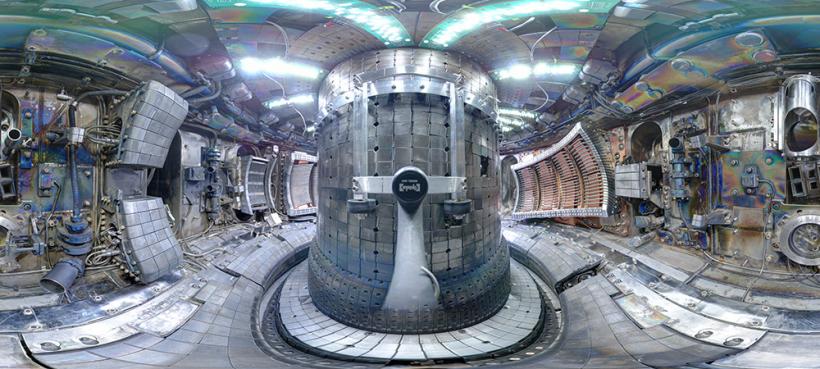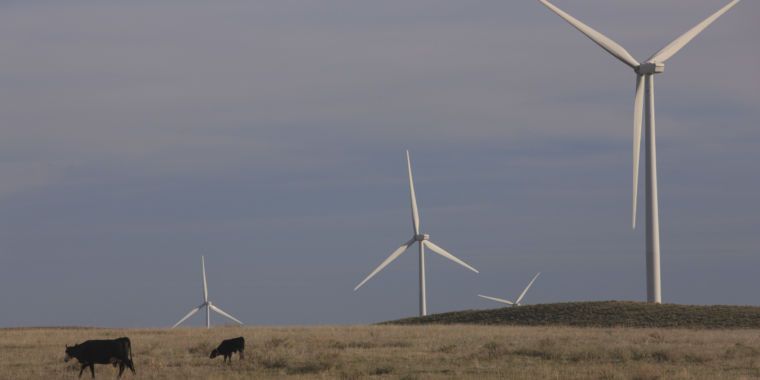The ‘engine’ is actually a nanotube, powered by an enzyme-triggered biocatalytic reaction using urea as fuel. The reaction creates an internal flow that extends out into the fluid, causing an open cavity to form. This results in thrust, propelling the nanotube along.
Samuel Sánchez was one of the lead researchers from the previous record holders where their nanotube jet engine measured 600nm across and weighed 1 femtogram (10^−15 kg).
Xing Ma and Samuel Sánchez recognise both Ana C. Hortelao (Spain) and Albert Miguel-López (Spain) contribution to the research as well as the support from their affiliated institutions:





